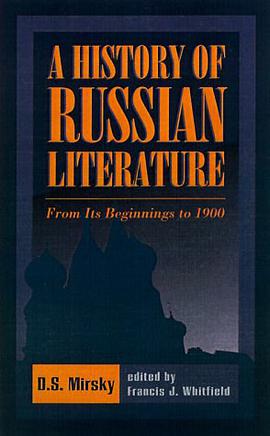

具体描述
Part I traces the poetics of teratology, the study of monsters, to Christian neoplatonic theology and philosophy, particularly Pseudo-Dionysius's negative theology and his central idea that God cannot be known except by knowing what he is not. Williams argues that the principles of negative theology as applied to epistemology and language made possible a symbolism of negation and paradox whose chief sign was the monster. Part II provides a taxonomy of monstrous forms with a gloss on each, and Part III examines the monstrous and the deformed in three heroic sagas -- the medieval Oedipus, The Romance of Alexander, and Sir Gawain and the Green Knight -- and three saints' lives -- Saint Denis, Saint Christopher, and Saint Wilgeforte. The book is beautifully illustrated with medieval representations of monsters. The most comprehensive study of the grotesque in medieval aesthetic expression, Deformed Discourse successfully brings together medieval research and modern criticism.
作者简介
目录信息
读后感
评分
评分
评分
评分
用户评价
相关图书
本站所有内容均为互联网搜索引擎提供的公开搜索信息,本站不存储任何数据与内容,任何内容与数据均与本站无关,如有需要请联系相关搜索引擎包括但不限于百度,google,bing,sogou 等
© 2026 book.wenda123.org All Rights Reserved. 图书目录大全 版权所有




















